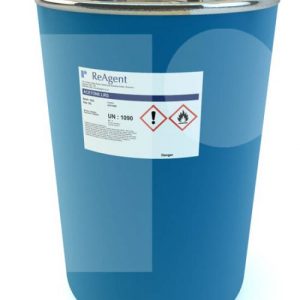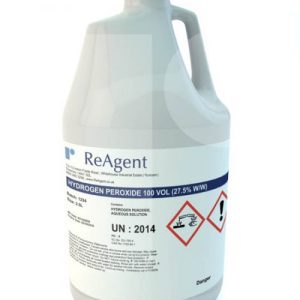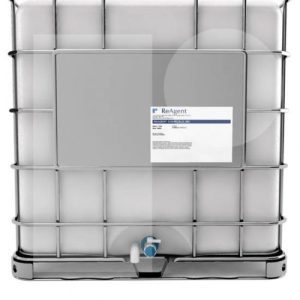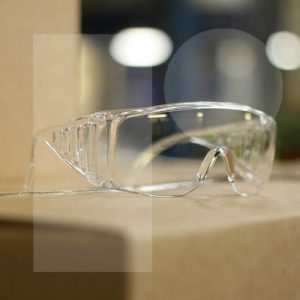Polyethylene Glycol 400 (PEG 400)
$183.00
What Does PEG 400 Mean?
Polyethylene glycol compounds can be found in a variety of molecular weights, which greatly affects their physical properties (such as viscosity) and applications. Interestingly, chemical properties remain very similar for all products.
As the molecular weight of these polymers varies widely, it’s important to indicate what is the molecular weight for each particular product. In this case, PEG 400 means this compound has an average weight of 400 daltons. This represents, approximately, polymers with around 9 ether repetitions to form a polyethylene glycol molecule. Products with a number value, such as PEG 4000 which we also supply, have considerably longer chains.
It’s important to note that in most products this is only an average weight, as products include molecules with a range of molecular weights. These are known as polydisperse. It’s also possible to purify to one molecular, but this is an extremely costly process and only used for very specialised applications.
This size distributions can be important for some applications and as such can be estimated by mass spectrometry. This involves calculating its average molecular weight (Mw) and the average number of repetitions (Mn). The ratio between these two values – Mw/Mn – is called the polydispersity index and it indicates how variable molecular weight is for a particular product.
Chemical Properties of PEGs
Typically, PEGs are liquid or solids with a low melting point, depending on the molecular weight.
Most PEGs are also soluble in water, dichloromethane, benzene, acetonitrile as well as methanol and ethanol. However, these compounds are insoluble in hexane and diethyl ether. Most polydisperse versions may also contain minute amounts of impurities, including 1,4-dioxane and ethylene oxide, some of which may be dangerous if in contact with the skin.
What Can PEGs Be Used For?
Applications are endless:
- Surfactants
- Food industry
- Cosmetics and personal hygiene products
- Pharmaceuticals, such as laxatives, tablet excipients and suppository bases
- Dispersing agents
- Solvents
What Does PEG 400 Mean?
Polyethylene glycol compounds can be found in a variety of molecular weights, which greatly affects their physical properties (such as viscosity) and applications. Interestingly, chemical properties remain very similar for all products.
As the molecular weight of these polymers varies widely, it’s important to indicate what is the molecular weight for each particular product. In this case, PEG 400 means this compound has an average weight of 400 daltons. This represents, approximately, polymers with around 9 ether repetitions to form a polyethylene glycol molecule. Products with a number value, such as PEG 4000 which we also supply, have considerably longer chains.
It’s important to note that in most products this is only an average weight, as products include molecules with a range of molecular weights. These are known as polydisperse. It’s also possible to purify to one molecular, but this is an extremely costly process and only used for very specialised applications.
This size distributions can be important for some applications and as such can be estimated by mass spectrometry. This involves calculating its average molecular weight (Mw) and the average number of repetitions (Mn). The ratio between these two values – Mw/Mn – is called the polydispersity index and it indicates how variable molecular weight is for a particular product.
Chemical Properties of PEGs
Typically, PEGs are liquid or solids with a low melting point, depending on the molecular weight.
Most PEGs are also soluble in water, dichloromethane, benzene, acetonitrile as well as methanol and ethanol. However, these compounds are insoluble in hexane and diethyl ether. Most polydisperse versions may also contain minute amounts of impurities, including 1,4-dioxane and ethylene oxide, some of which may be dangerous if in contact with the skin.
What Can PEGs Be Used For?
Applications are endless:
- Surfactants
- Food industry
- Cosmetics and personal hygiene products
- Pharmaceuticals, such as laxatives, tablet excipients and suppository bases
- Dispersing agents
- Solvents






There are no reviews yet.